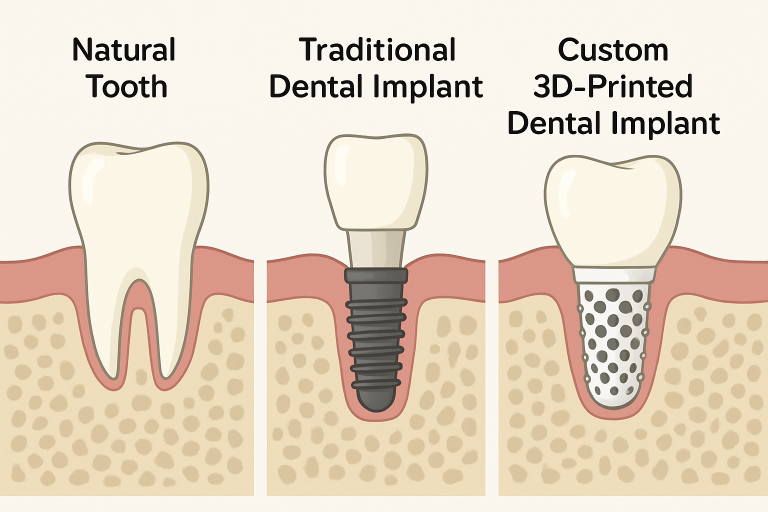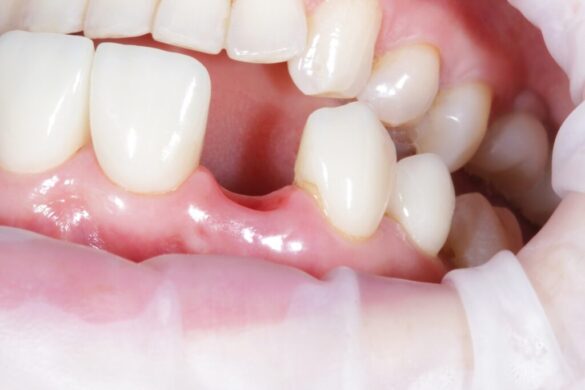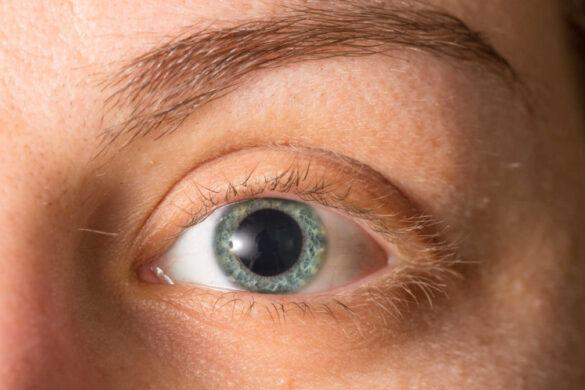The Evolution of Dental Implants
Digital imaging technologies enable precise mapping of a patient’s mouth, allowing dental professionals to plan implant positions and angles before surgery. Surface treatments like nanocoatings and textures improve implant integration, resulting in less invasive, predictable outcomes and faster restoration of function than previous generations.
Dental implantology has evolved significantly, from a basic titanium post to a sophisticated field utilizing bioengineering and digital technology. Today’s implants are durable, better integrated with natural bone, and closely mimic natural teeth. For patients exploring advanced solutions, full mouth dental implants Dallas TX provide an opportunity to restore dental function and appearance with remarkable outcomes, thanks to modern techniques and materials.
3D and 4D Printing in Implant Dentistry
3D and 4D printing technology are revolutionizing dental implantology by allowing customized production of implants, abutments, and surgical guides. 3D printing creates precise models for each patient’s unique oral anatomy, reducing complications and improving patient comfort. It also streamlines the process and reduces human error. 4D printing allows implants to adapt to physiological conditions, improving integration with the patient’s body and minimizing rejection risk. Digital workflows increase patient satisfaction and wait times.

Root-Analogue Implants: A Natural Fit
Root-analogue dental implants (RAIs) are a revolutionary solution for patients seeking to replicate their original teeth’s shape and feel. These implants are designed based on the exact dimensions of the extracted tooth root, allowing for immediate placement and reducing treatment time. The biocompatible materials used, like zirconia, provide additional benefits, such as improved comfort and aesthetics. However, RAIs require careful evaluation for universal application.
Mini Dental Implants: Less Invasive Options
Mini dental implants (MDIs) are a less invasive alternative for those seeking denture stabilization. These tiny-diameter implants require minimal surgical intervention, resulting in less discomfort and faster recovery. They can be placed in a single office visit, require local anesthesia, and rarely require bone grafting. MDIs have success rates comparable to standard implants, but candidacy depends on individual cases.
Enhancing Osseointegration with Laser Technology
Femtosecond laser technology has been used to texture implant surfaces, enhancing bone bonding and speeding up healing. This surface modification can increase implant stability and lifespan, leading to longer-lasting results, fewer complications, and increased confidence in restored smiles. Further research is expected to refine these laser technologies for wider dental implantology applications.
Planning for Success: Accurate 3D Predictions
Advanced 3D prediction models and digital imaging aid in implant placement, optimizing functional and aesthetic results. CAD/CAM systems support preoperative planning and intraoperative guidance, ensuring procedures are tailored to each patient’s unique needs, resulting in better predictability and patient satisfaction.
Conclusion
The advances shaping modern dental implantology—from customizable 3D/4D printing solutions to root-analogue and mini implants, and surface enhancements through femtosecond lasers—are transforming the patient experience. Individuals can look forward to less invasive procedures, more natural-looking results, and longer-lasting solutions. Staying informed about these dental innovations allows patients to partner confidently with their care team, ensuring healthy smiles for years to come.









